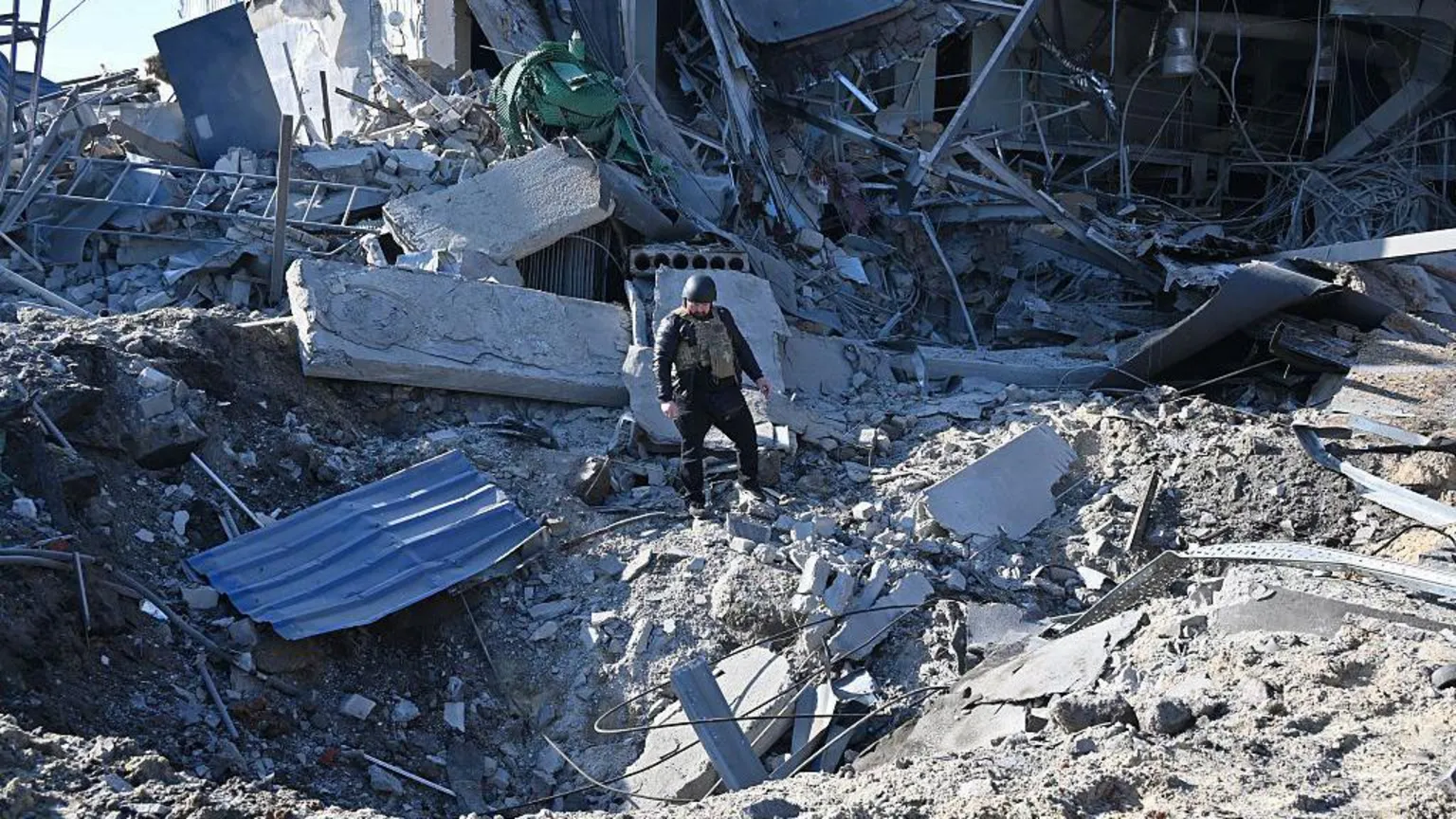
After more than 15 months of relentless Israeli air and ground assaults on Gaza, many of the tiny Palestinian enclave's 2 million residents are homeless and scrambling to obtain basic necessities. If last week's ceasefire holds, experts caution that rebuilding the devastated territory will take decades and cost tens of billions of dollars.
The three-phase ceasefire deal places the reconstruction of Gaza as the final phase, following a permanent end to the war. Dima Toukan, a nonresident scholar at the Middle East Institute, says it's important to acknowledge that this last phase could be a long way off — or never happen at all.
"The path forward beyond the first phase of the agreement is fraught with challenges and remains unclear," she says.
The United Nations estimates that $50 billion will be required to rebuild Gaza, which occupies an area about the size of Philadelphia on the Mediterranean coast between Israel and Egypt. Even the rosiest of estimates project it would take a decade. But other predictions are much more dire. A U.N. report issued in September estimates $18.5 billion worth of damage was done to Gaza's infrastructure from the war's start through the end of January 2024, and that once a ceasefire is reached, "a return to the 2007–2022 growth trend would imply that it would take Gaza 350 years just to restore GDP to its level in 2022."
Here are five questions about the enormous reconstruction challenges faced by Gaza.





 Ukrainian President Volodymyr Zelensky has accused Russia of creating an "impression" of a ceasefire while still...
Ukrainian President Volodymyr Zelensky has accused Russia of creating an "impression" of a ceasefire while still... Israel’s military has admitted to several “professional failures” and a breach of orders in the killing...
Israel’s military has admitted to several “professional failures” and a breach of orders in the killing... Berlin's Immigration Office has told three European Union citizens and one American they are to be...
Berlin's Immigration Office has told three European Union citizens and one American they are to be...






























